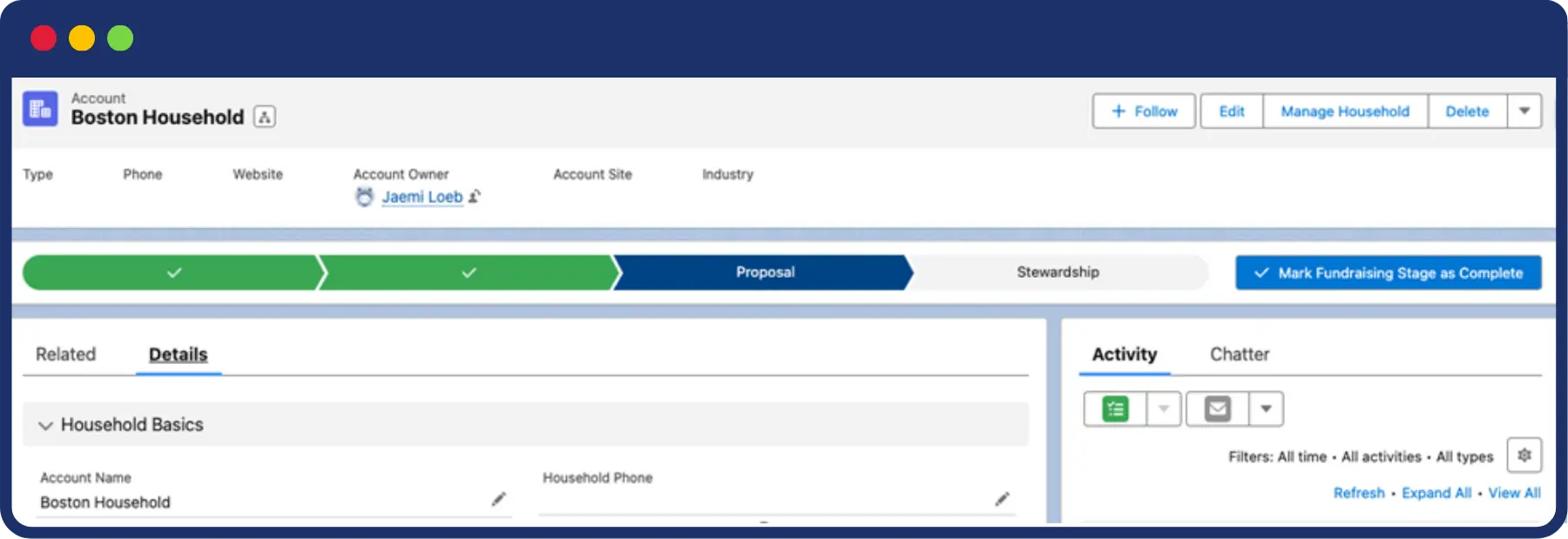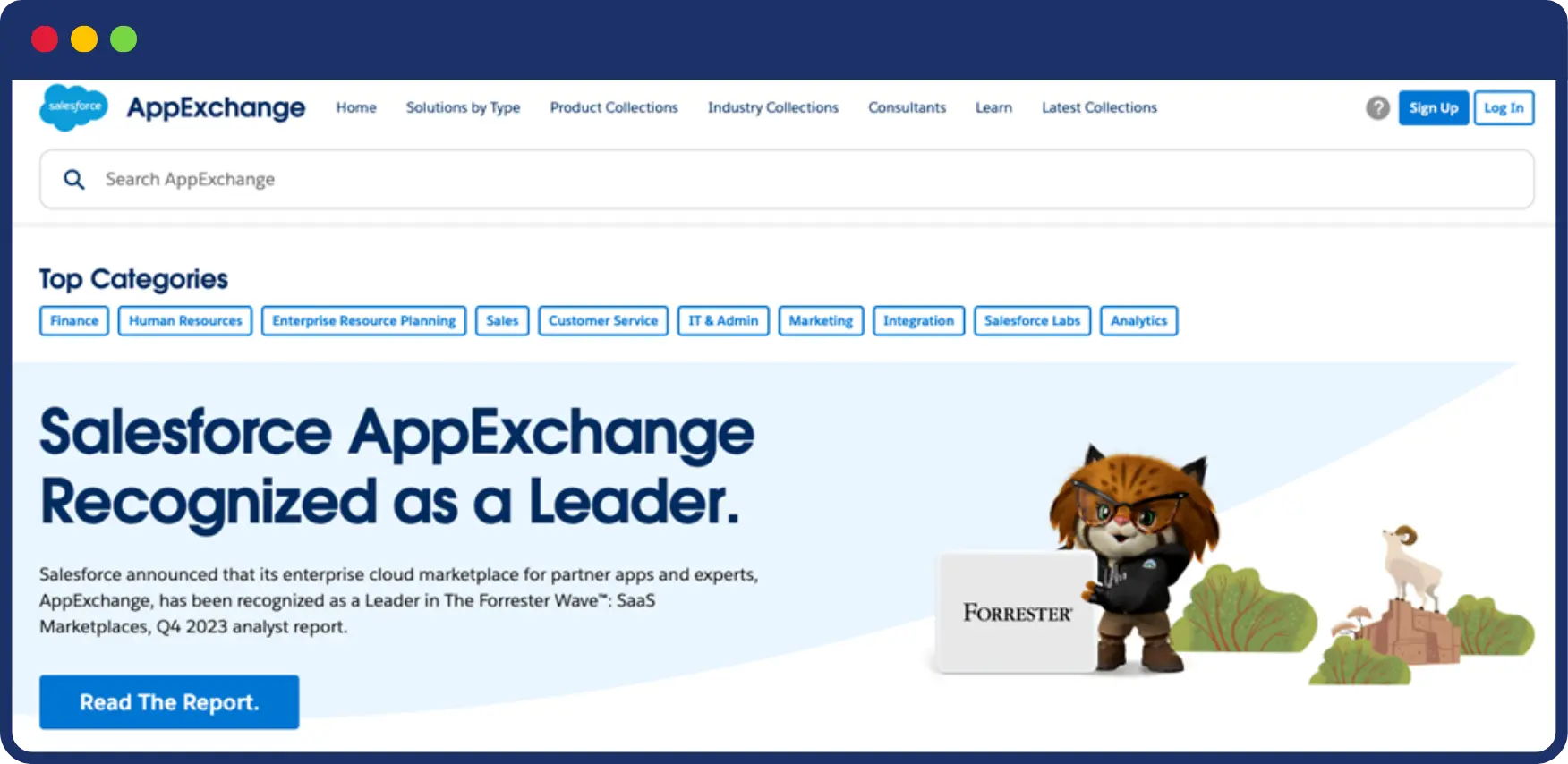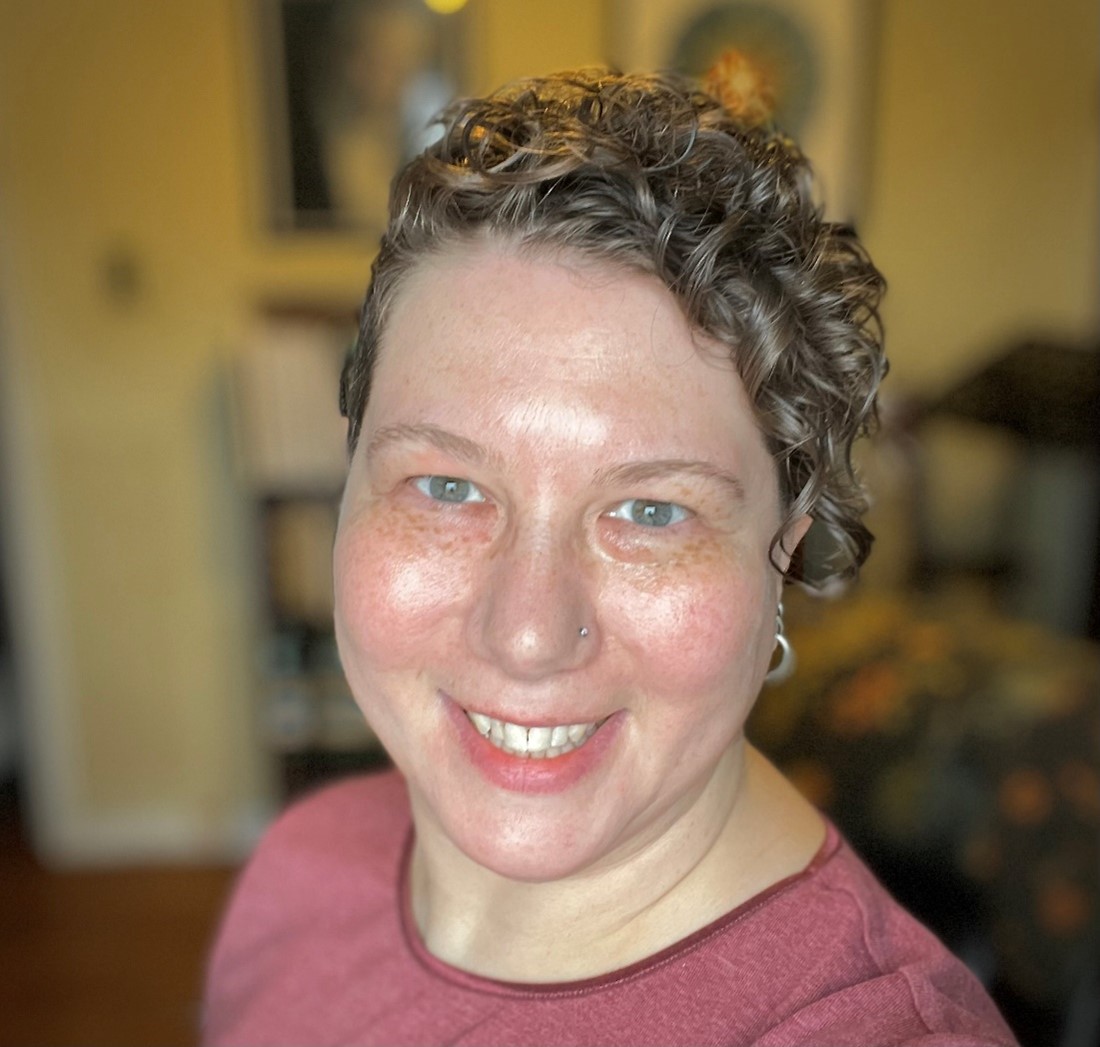
Rosetta Stone for Migrating to Salesforce from Raiser’s Edge: Understanding Portfolio and Moves Management and Third-Party Apps
If you’ve been following our blog series about migrating to Salesforce from Raiser’s Edge, you’ve already learned how some of your most common Raiser’s Edge functions work in Salesforce.
In Case You Missed It
In Part 1, we discussed how to track your fundraising outreach efforts in Salesforce, as compared to Raiser’s Edge.
In Part 2, we explored tracking incoming gifts and attributes in Salesforce, as compared to Raiser’s Edge.
Now, let’s talk about some fundamental workflow differences. The following Salesforce workflows have no direct analog in Raiser’s Edge, though they can be achieved through a mix of functions, so you probably have a way of achieving the same thing.
Portfolio and Moves Management
Users of Raiser’s Edge often struggle to keep track of which donors are being managed by whom and where a donor is within a cultivation/stewardship plan. Salesforce has a range of features that can make this simple.
Stewardship Path
Just like Opportunities have stages, Contacts and/or Accounts can have a stewardship path. This is represented by a path at the top of the record page and can be set up and customized during implementation. You can move a Contact/Account from one stage to the next manually or set up automations to change the stage for you when certain things happen, such as the Contact makes a gift over a certain amount or attends a certain event. Like the stages on an Opportunity, you can easily report on how many Contacts or Accounts are in which cultivation/stewardship stage to get insight into your pipeline.

Engagement Plans
Engagement Plans are a standard feature of Salesforce consisting of lists of tasks that function like templates for fundraising staff. They can be applied to a donor or potential gift either via automation or manually.
So, let’s say you have a standard series of calls you make to a donor any time they enter a giving society by giving at a certain level; or, maybe you have a standard set of emails and calls you make to all new donors. You can set up an Engagement Plan for each set of tasks and, when applied to a donor, the relevant Engagement Plan will automatically create and assign the necessary tasks so that your team can stay on top of their responsibilities.

Fundraiser Assignments
It is common for fundraising teams to divide and conquer, so it’s important to know who is working with which donors. Salesforce makes this simple.
During your implementation or down the road, you can use out-of-the-box functionality for Account teams or a custom solution that meets your particular use case. Depending on your needs, you can track your fundraising team assignments either manually or automatically. Once fundraisers are assigned to either an Account or Contact, you can include that information in reports and lists to review the health of various portfolios and ensure that you don’t duplicate efforts.
Third-party Apps
One of the most powerful features of Salesforce is its ecosystem. Between pre-built integrations with outside systems and a world of Salesforce-native apps, the ability to extend the base functionality of Salesforce turns out to be a feature in and of itself.
At Attain Partners, we design implementations with a “buy” rather than a “build” mentality, allowing us to leverage the world of existing Salesforce apps rather than custom-building every bit of functionality. This approach both speeds up the build phase of the implementation project, and, in the end, saves money and avoids technical debt (i.e., it doesn’t add an additional set of maintenance requirements to your IT team’s life).

But what is a Salesforce-native app? Is it another system to keep track of and deal with? Nope! The “Salesforce-nativeness” of an app means that it lives completely within Salesforce. You may need to know about it for navigational purposes, but you may also be able to safely forget it exists.
Salesforce apps function a lot like plugins in that they add structure and functionality directly into your system. For example, if you do galas or other fundraising events, you may use an app called Blackthorn, which handles event planning and management. When you set up events and tickets, publish them to your website, and monitor registration, you’ll be using the Blackthorn app; but, you’ll access the relevant features from the Salesforce app launcher the same way you would access other areas of your Salesforce. The record pages, buttons, and general structure will look just like the rest of your Salesforce, so you’ll be up and running in no time.
If you work in advancement in higher education, you might be using ascend, made by UC Innovation (UCI). This app covers a broad range of functionality and may feel like the “version” of Salesforce you use. It makes subtle changes and enhancements to standard Salesforce features to tailor them for use by higher education advancement departments. So, while you may see the ascend logo, you won’t really experience any distinction between ascend and the other areas of your Salesforce.
Discover the Strength of the Salesforce Ecosystem
Phew! We’ve covered a lot. We’ve learned how many of your daily operations tasks happen in Salesforce and Raiser’s Edge differ in their structure and workflow. You may be thinking, “Ok, I’ve learned all I need.” But wait, there’s more!
One of the areas where Salesforce really shines in the CRM space is its reporting capabilities. Watch for Part 4 of our Migrating to Salesforce from Raiser’s Edge series to learn how to turn your data into useful information.
Do you want to learn about portfolio and moves management or third-party apps in Salesforce? Send us a message to schedule time to chat with our experts.
Attain Partners – Salesforce Experts
No matter if your organization is beginning its Salesforce journey or 10+ years into development, we are here to help you achieve your digital transformation goals.
To learn more, check out our Salesforce Innovation services and read case studies about our work. Contact Attain Partners today to learn how we can help you achieve your goals by harnessing the power of Salesforce. Explore blog posts from Attain Partners’ Salesforce team.
About the Author

Jaemi Loeb is a Senior Consultant at Attain Partners and a veteran nonprofit leader. Her expertise sits at the intersection between technology and people, tools, and daily operations. She is passionate about helping organizations to streamline their workflows and use data to meet their missions.













